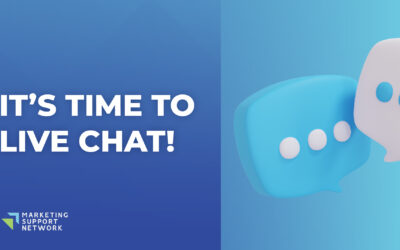
I recently read an article in FastCompany about the retail brand American Eagle Outfitters. The article was talking about the fact that retail brands on the whole have been shutting down stores and facing massive downturns over the last year, yet AEO is the one outlier who has not only maintained but has opened 70 new stores, launched two new brands, and has seen large growth in their online sales.
So, what’s the difference? What makes one brand thrive in the midst of all the challenges and changes while others struggle to stay afloat? I’d venture to say it’s because of their commitment to their audience and it’s a lesson we can all learn from.
American Eagle’s main demographic is “Gen Z’, which translates to people between the ages of 15-23. According to the article mentioned above, “AEO has invested heavily in focus groups, consumer research, and even an in-house council made up of teens and twentysomethings who help with the corporate decision-making.” I’ve venture to say that most C-suites would scoff at the idea of having young adults involved in the process, but they are so committed to the Gen Z audience that they give them a place at the table.
It’s clear through their growth and flourishing that the focus has paid off. They have a clear view on exactly who their audience is, what they are looking for, and what matters to them and they are able to craft messaging, images, and aesthetics accordingly.
It made me wonder how this lesson could be applied to other brands and organizations or even to our own brand. Here are five questions that I think are worth thinking about if you’d like to take a page from American Eagle’s playbook.
- Who, exactly, is my target audience?
- What matters to those people? What about my product/service/cause speaks to them?
- When is the last time I asked to feedback or input from that audience?
- Where are the places in my marketing strategy that seem to miss the target?
- How can I give my target audience more voice in my product/service/cause to build stronger loyalty?
You may notice that I skipped “why” on the normal question list. If you are anything like me the “why” is something like: Why did I wait so long to ask these questions?
As always, we’d be happy to talk with you at any time about how to define and reach your target audiences.







0 Comments